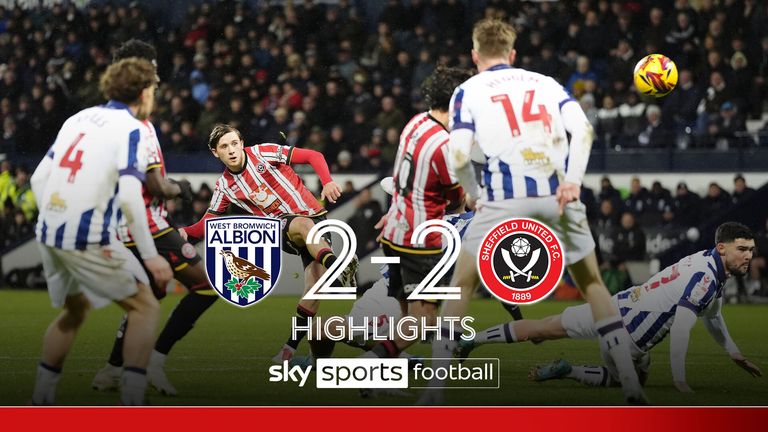In Behind the Whistle, former Premier League referee Chris Foy goes through a selection of key match decisions from the latest action in the Sky Bet Championship, League One and League Two.
Behind the Whistle aims to give supporters of EFL clubs an insight into the decision-making considerations and also clarification of certain calls to provide an understanding of how the laws of the game are interpreted.
As part of a regular feature on Sky Sports following the conclusion of a matchday, Foy will be here to run you through some refereeing matters in the EFL…
QPR 3-0 Norwich City
Incident – Possible penalty, handball (Norwich City)
Decision – No penalty (Norwich City)
Foy says: “In my view, Queens Park Rangers were fortunate not to concede a penalty here, as the ball clearly strikes the arm of No 20 who is making his body bigger when the ball is played into the area.
“The right arm of QPR’s No 20 is clearly extended away from his body and is in an unnatural and unjustifiable position. The action and movement is to deliberately block the ball, as he is making his body bigger, preventing it from being played across the box towards the goal. The correct decision therefore would have been to award a penalty.”
West Brom 2-2 Sheffield United
Incident – Possible penalty, foul (Sheffield United)
Decision – No penalty, simulation (Sheffield United)
Foy says: “The referee makes a very good decision here to caution Sheffield United’s No 11 for simulation inside the penalty area.
“The Sheffield man plays a one-two and moves into the area, taking the ball past West Bromwich Albion’s No 8, before going down without any contact.
“The pace of the player and quickly developing play makes this a difficult call for the referee to make. However, his movement and positioning allows him to assess the situation and identify this act of simulation.”
Cambridge United 4-1 Shrewsbury Town
Incident – Possible penalty, foul (Shrewsbury Town)
Decision – Penalty awarded, foul (Shrewsbury Town)
Foy says: “Although the decision to award the penalty here seems a straightforward one, the anticipation of the referee means that he creates a very good viewing angle.
“As you can see from the replay, the referee pulls away to the left of the picture just as Shrewsbury Town’s No 9 enters the box, ensuring that his view is not obstructed and giving him a clear line of sight to the challenge.
“From here, the referee can clearly identify that Cambridge’s goalkeeper makes contact with the attacker as he goes round him, and the penalty is correctly awarded.”
Harrogate Town 0-3 AFC Wimbledon
Incident – Possible penalty, holding (Harrogate Town)
Decision – No penalty (Harrogate Town)
Foy says: “I think Harrogate Town should have been awarded a penalty kick here, as No 12 is clearly pulled to the ground before he has the chance to get on the end of a ball across the penalty area.
“Although the holding begins outside the penalty area, importantly it continues inside the area. The hold is sustained and impactful, clearly preventing the progress of the Harrogate attacker.
“The correct decision in this case would be to award Harrogate the penalty kick and issue a yellow card to the defender.”
Port Vale 0-1 Walsall
Incident – Possible goal, goal-line decision (Port Vale)
Decision – No goal (Port Vale)
Foy says: “This is good officiating from both the referee and his assistant, as Port Vale’s No 9 has a shot which goes past the goalkeeper but not past the defender on the line.
“The assistant referee is very well positioned on the goal line to make a judgement and without the benefit of goal-line technology, there is no conclusive evidence to suggest that the ball had crossed the line, therefore the goal simply cannot be awarded.
“The referee waves play on, which is absolutely correct in the circumstances.”
Source : Sky Sports















